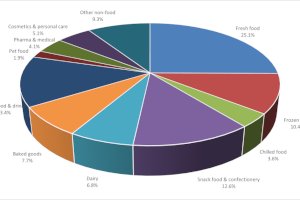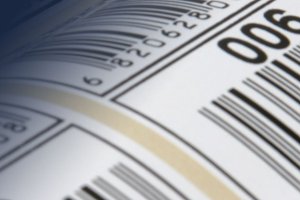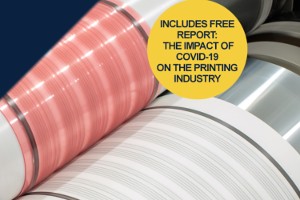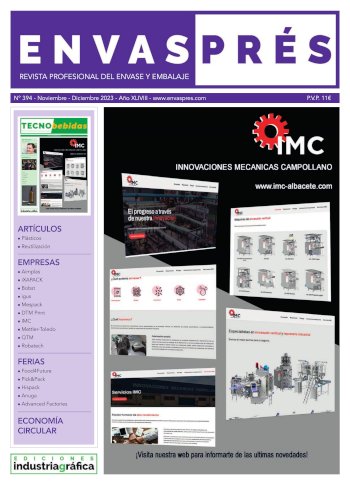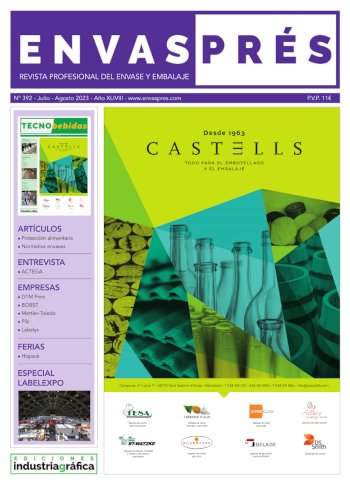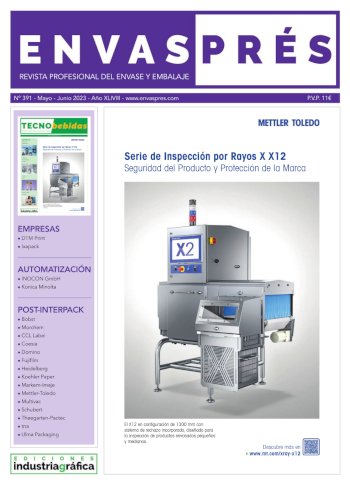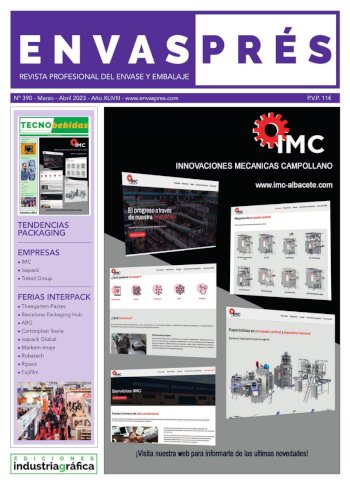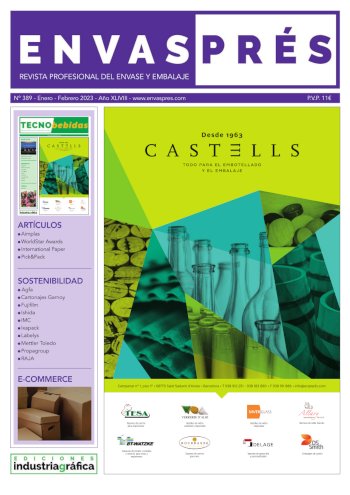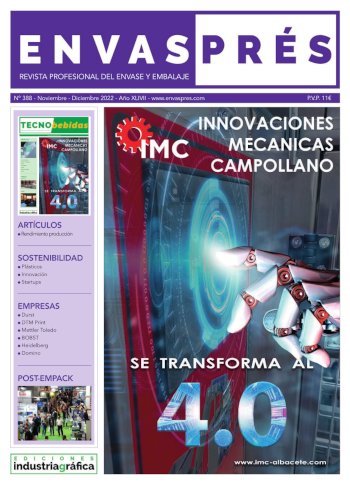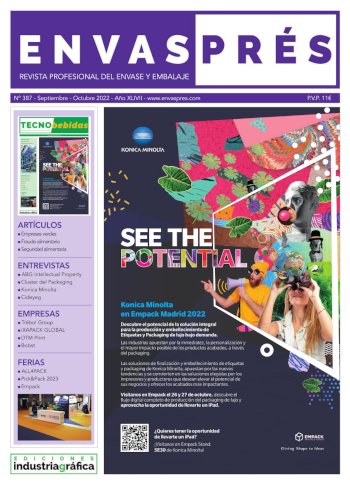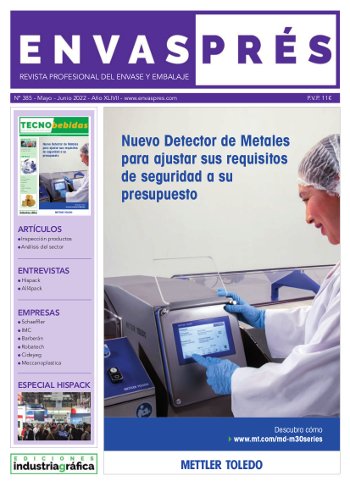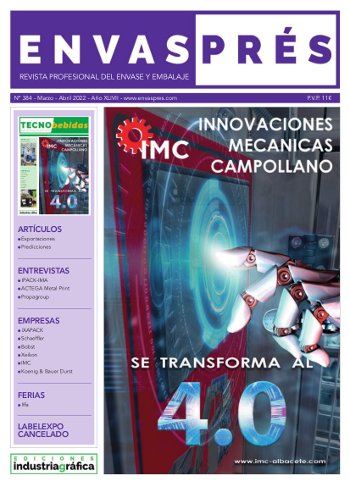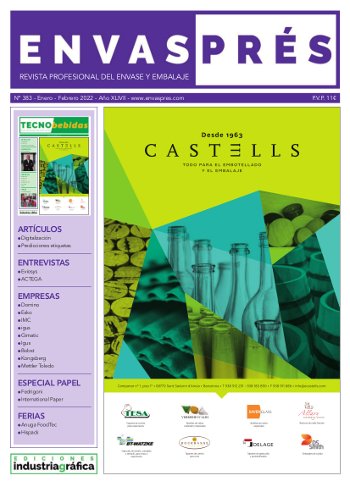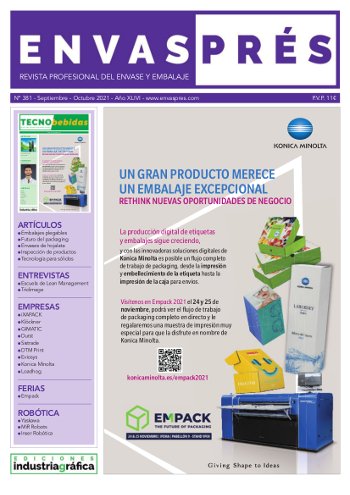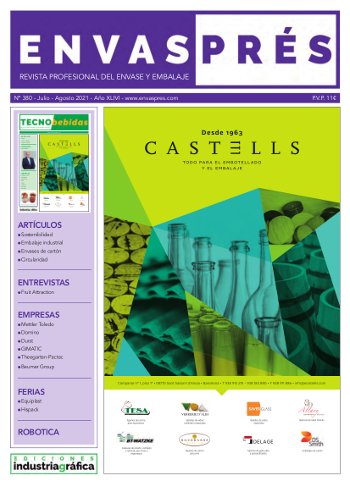Growth and material challenges on horizon for $8.2 billion world hot melt adhesives market, Smithers forecasts
- Publicado el 12 de Diciembre de 2022
Increased demand in packaging, nonwovens and other core end-use segments will push global demand for hot melt adhesives forward at a steady 3.0% compound annual growth rate (CAGR) across 2022-2027, according to the latest market data forecasting from Smithers.
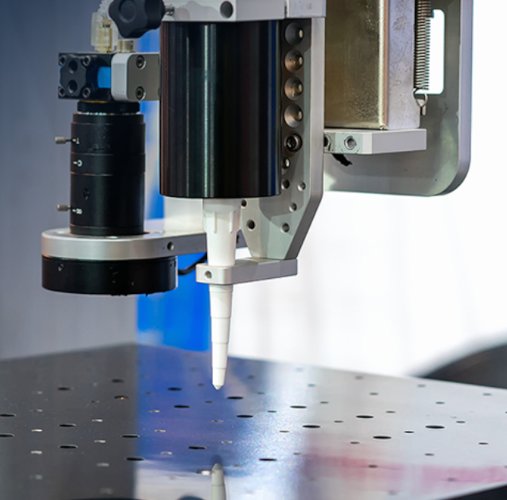
Its new report – The Future of Hot Melt Adhesives to 2027 – charts how this will push a market valued at $8.2 billion in 2022 to $9.5 billion in 2027 at constant prices. Across the same five-year period, global consumption of hot melt adhesives will rise from 2.3 million tonnes to 2.8 million tonnes.
For 2022 and into 2023 the war in Ukraine is causing volatility in the supply of raw materials, but the main impact is the soaring price of energy and natural gas. This is leading hot melt suppliers to examine reformulating products and localising feedstock supply. In particular the extra input costs for manufacturing ethylene-vinyl acetate (EVA), means the most popular polymer chemistry for hot melt adhesives is losing its cost competitiveness.
This will mainly benefit polyolefin-based formulations, as well as smaller niche segments using polyesters, polycarbonates, fluoropolymers, silicon rubbers, polypyrrole and various other copolymers. Smithers forecasts for some minor price corrections in 2023 and 2024, but pricing of EVA adhesives will stay comparably higher in the future.
A major commercial challenge for the next five years will be protecting hot melt sales into those applications that saw a surge during Covid-19. The increased demand for e-commerce packaging, including tapes and labels, led to a boom in hot melt sales; coupled with much wider use in face coverings and other nonwoven goods. Combined these factors saw hot melt sales increase by $1.7 billion across 2019-2022.
In the post-Covid market space many industries are looking anew at their carbon impact. This trend is particularly marked in nonwovens and packaging, which combined represent 45.9% of the contemporary market. This is seeing multiple planet friendly claims – including bio-based, biodegradable and recyclable – becoming more prominent in hot melt marketing literature. Recyclability/repulpability is an important consideration for paperboard users in particular which benefits hot melts that are solid and hence easier to separate.
Across the next five years iterative improvements in the carbon footprint of hot melts will be one of the priorities for R&D. While the polymer base of hot melts cannot be eliminated; bio-based grades of polyolefins are now available commercially, as are EVA formulations with an up to 70% bio-based content. Other sustainability gains will come from refinements in chemistry to optimise cure time and bonding.
The world market for hot melt adhesives is expertly analysed and quantified in-depth in the new Smithers study – The Future of Hot Melt Adhesives to 2027. This includes exclusive market data forecasts for the next five years, segmenting the market by Hot melt polymer type (EVA, SBC, PO, PU, Others). End-use application (Packaging, Nonwoven/hygiene, Transportation, Construction/wood, Footwear/textiles, Tapes & labels, Bookbinding, Others). Geographic region/National market (Europe, Germany, Italy, France, Spain, UK, Other Europe; North America, Canada, Mexico, USA; Asia-Pacific, China, Japan, India, South Korea, Other APAC; South & Central America, Brazil, Other S&C America; Middle East & Africa, South Africa, Turkey, Other MEA).
This is contextualised with analysis on the immediate and medium-term impact of raw material and energy input fluctuations; as well as profiles of the latest technical developments in the hot melt sector.


